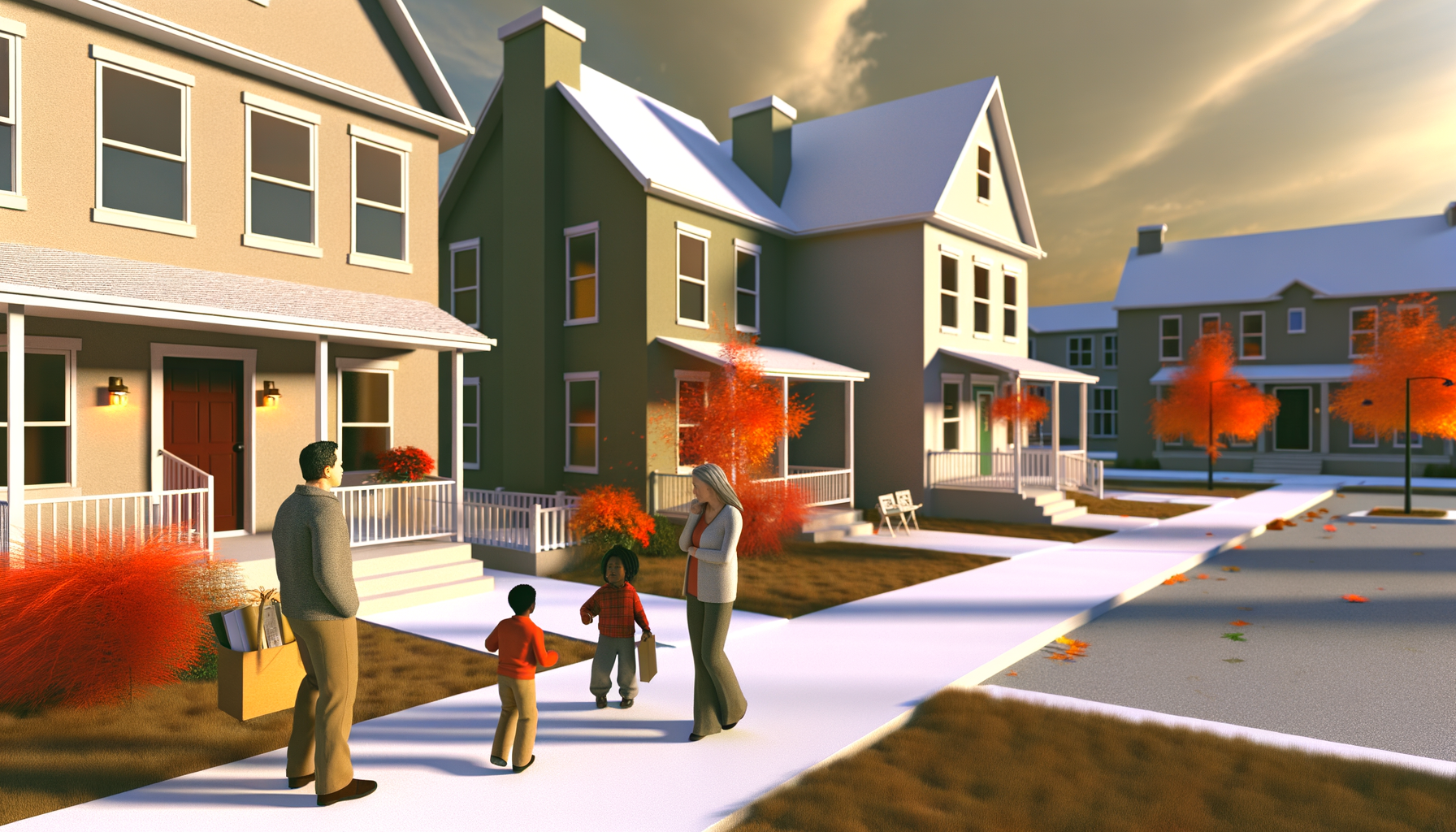Impact of Rising Rates and Low Inventory on Existing Home Sales in 2024
The residential property market has shown remarkable trends in the recent period, with significant changes evident in the sales of existing homes. Interest in the analytical dissection of these trends is quite high, given their implications on buyers, sellers, and the broader economy. Here, we deep dive into the current state of the existing home sales market, examining aspects from sales frequency to pricing, and inventory levels.
### Market Dynamics: Sales Figures
Starting on a broad scale, the volume of existing home sales has seen a fluctuation that suggests a cooling off from the previously heated market. The recent statistics indicate that the sales of existing homes have decreased notably. At first glance, this might seem alarming, but a closer inspection reveals a nuanced narrative.
The present sales rates are part of a historical context influenced significantly by economic policies, interest rates, and consumer sentiment. For a few years, the real estate market experienced a boom, characterized by robust sales and rapidly increasing prices. However, the shift we see today is marked by a more stagnant phase where sales are not plummeting but are certainly not at the peaks observed in the past few years. This adjustment period can be viewed as the market returning to a more sustainable state after the highs prompted mainly by low interest rates and a surge in demand.
### The Interest Rates Impact
Interest rates are a pivotal economic lever that impacts various sectors, particularly real estate. The past period of low interest rates served as a catalyst for many to purchase homes, hence driving up sales and prices. However, with the current hike in interest rates, a cooling down in buying fervor is evident. Higher borrowing costs mean higher monthly payments for new homeowners, which naturally tamps down the demand.
Understanding the correlation between interest rates and home buying can offer potential buyers and investors insights into when might be a good time to enter the market. Typically, lower rates create higher demand and vice-versa. The present uptick in rates is persuading some would-be buyers to hold off on purchasing, anticipating possible future declines in both rates and home prices.
### Changes in Home Prices
Speaking of prices, the general trajectory in the period under review shows a moderation in home prices across many areas. This doesn’t necessarily imply a drop but rather a slower rate of increase compared to the steep climbs seen previously. While this might not be the best news for sellers hoping to maximize returns on their investments, it provides a slight reprieve for buyers who were previously priced out of the market.
The rise in home prices over the years has outpaced income growth by a significant margin, leading to affordability challenges for many Americans. The recent moderation reflects a more balanced approach between buying power and home prices, potentially leading to a more inclusive market.
### Inventory Levels and What They Signal
Closely linked to prices is the level of inventory available in the market, which tells another vital part of the story. Current trends indicate an increase in inventory, which is a healthy sign for potential home buyers. An increase in inventory typically suggests that the market is leaning more towards buyers than sellers, providing buyers more options and bargaining power.
Inventory levels have been historically low, which contributed to the bidding wars and skyrocketed home prices in the previous years. Now, with more homes available on the market, the frenetic pace of competition has slowed, allowing buyers to deliberate more carefully on their purchasing decisions.
### Looking Ahead: Future Predictions
Predicting future trends in real estate can be tricky, given its susceptibility to broader economic shifts, policy changes, and even phenomena such as global pandemics. However, if current factors like interest rates stabilization or economic recovery continue as anticipated, the market might gradually evolve into a more buyer-friendly landscape. Potential buyers currently sidelined by high rates might find opportunities as the market recalibrates and aligns closer with economic and wage growth rates.
Another factor to consider is the geographic variance in market recovery and reaction. Different states and even cities within the same state can experience significantly varied market conditions based on local economic conditions, population growth, and other socio-economic factors.
### Conclusion
In wrapping up, the existing home sales market presents a landscape of evolving dynamics that stakeholders should navigate with informed insights. While the market seems to be cooling, presenting challenges to sellers and opportunities to buyers, the overall health of the real estate sector continues to be robust. Watching how economic policies, especially those related to interest rates, will play out in the coming months remains a key factor for all market participants.
As the market goes through these changes, staying informed and agile will be crucial for anyone looking to buy or sell. Monitoring ongoing trends, seeking professional advice, and keeping an eye on economic indicators will help in making prudent decisions in this shifting real estate environment.

